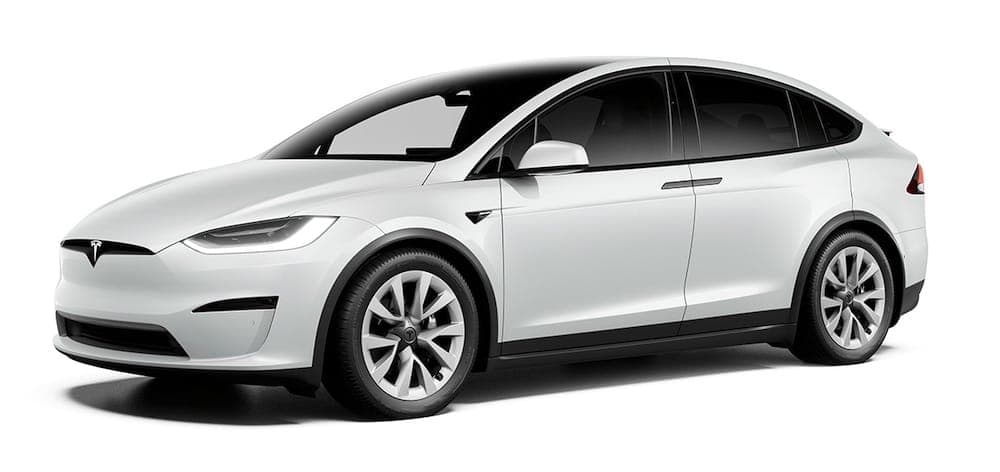Tesla Model X

Range (WLTP)
340 km
Battery Size
75 kWh
Variants
Performance
0-100 km/h
- sTotal Power
- kWTorque
—Top Speed
—Drive
FWDRange & Efficiency
WLTP Range
340+ kmWLTP Consumption
—Highway Range
265 kmYour Real Range
Calculate Battery & Charging
Battery (nominal)
75+ kWhBattery (usable)
75+ kWhBattery type
NCAAC Charging
—DC Charging
—Vehicle-to-Load (V2L)
NoDimensions & Weight
Length
—Width
—Height
—Ground Clearance
171 mmWeight
2533 kgShape
Large SUVSeats
5Storage & Towing
Boot Space
—Boot Space (Max)
2577 LFrunk
—Towing (Braked)
—Towing (Unbraked)
—How many Tesla Model X have been sold in NZ?
There have been 447 registered to date (including 45 used imports).
Tesla Model X registrations
Monthly units (includes new and used import)
